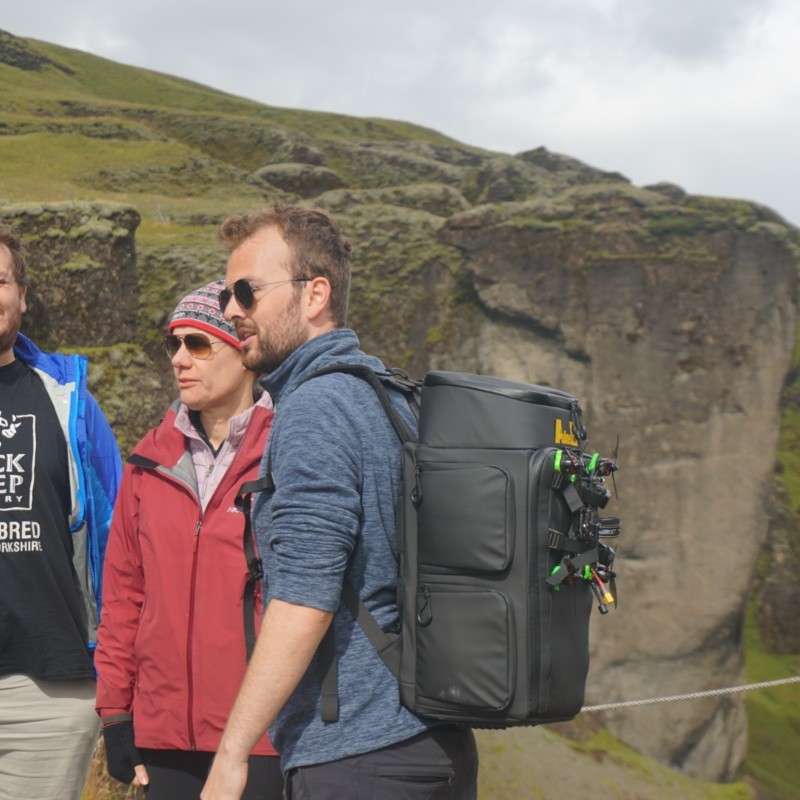Evaluating NextGen’s Performance in the MARFC Region with NGIAB
The National Weather Service's Middle Atlantic River Forecast Center (MARFC) sees large variations in the performance of the National Water Model 3.0. Through its support for regionalized parameters and models, NOAA-OWP’s Next Generation Water Resources Modeling Framework (NextGen framework) offers a potential solution to address these inconsistencies. As such, this study took advantage of NextGen in a Box (NGIAB) to evaluate the NextGen framework’s performance in the MARFC region.
This study evaluated three operational hydrologic modeling frameworks targetted at the National Water Model (NWM): the Community Hydrologic Prediction System (CHPS), the NextGen framework, and version 3.0 of the National Water Model itself.
- CHPS is the current operational framework used by NOAA's River Forecast Centers. It incorporates the SNOW-17 model for snowmelt and the Sacramento Soil Moisture Accounting (SAC-SMA) model for runoff generation.
- For the early phases of this study, the NextGen framework was used with the default model configuration provided by the NGIAB ecosystem, which combines the Noah-OWP-Modular land surface model and the Conceptual Functional Equivalent (CFE) rainfall runoff model [2].
- After initial runs with the baseline configuration, Noah-OWP-Modular was replaced with SNOW-17 output and simplified Potential Evapotranspiration (PET) values from the MARFC database.
- The models were calibrated using two objective functions: Kling-Gupta Efficiency (KGE) [6][7] and Nash-Sutcliffe Efficiency (NSE) [4][5].
- The National Water Model 3.0 uses the Noah-MP land surface model coupled with the Weather Research and Forecasting Hydrologic model (WRF-Hydro) [2][3] to simulate hydrological processes across CONUS.
The case studies focused on the Westfield and Elkland basins in North-Central Pennsylvania. These basins provide good locations for comparison due to the presence of USGS stream gages and their "flashy" behavior, characterized by rapid and unpredictable rises and falls in streamflow. Additionally, both Westfield and Elkland were sites of catastrophic flooding during Tropical Storm Debby in 2024, which allowed for the models to be evaluated on a recent extreme flood event. Results from Westfield, PA are shown in Figure 1.

Figure 1) Nash-Sutcliffe Efficiency (NSE) Metric for simulations from 2007 to 2020.



